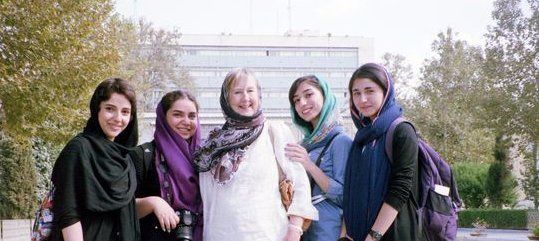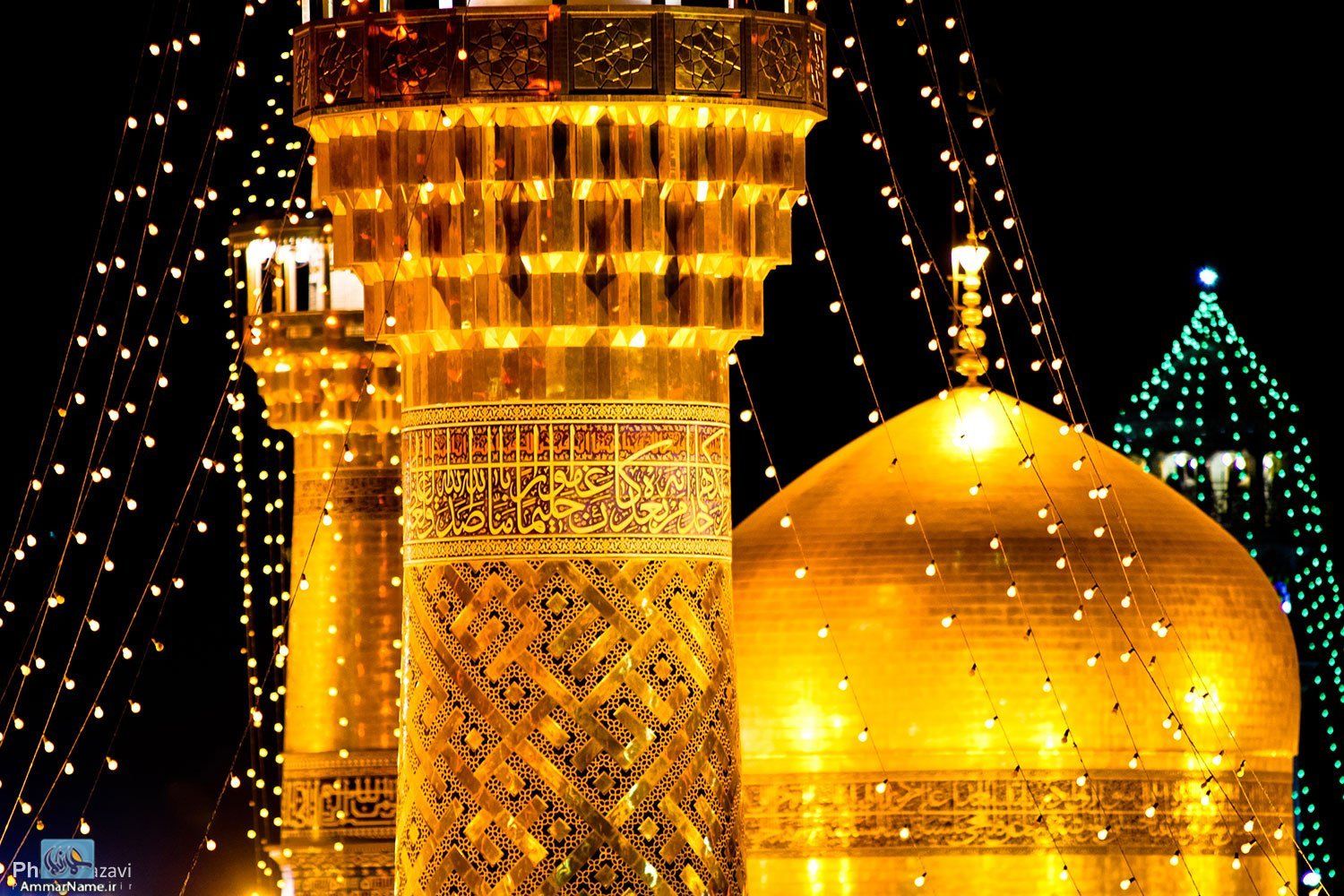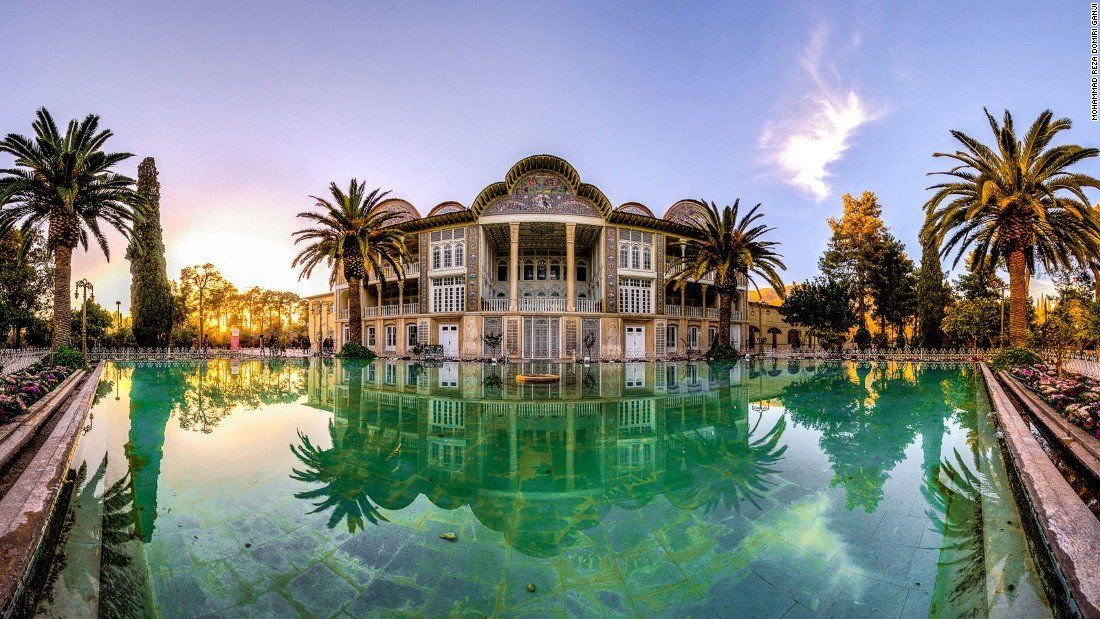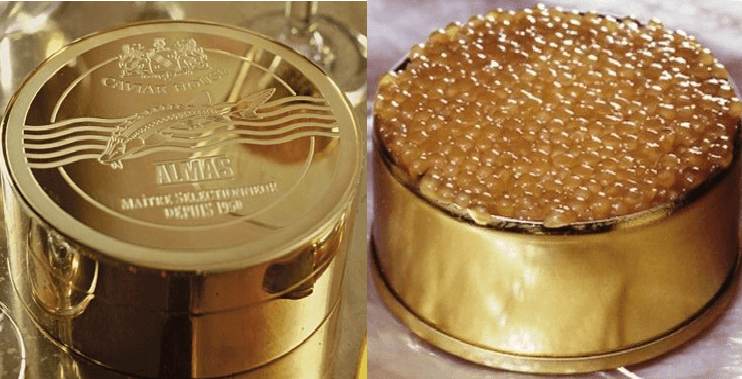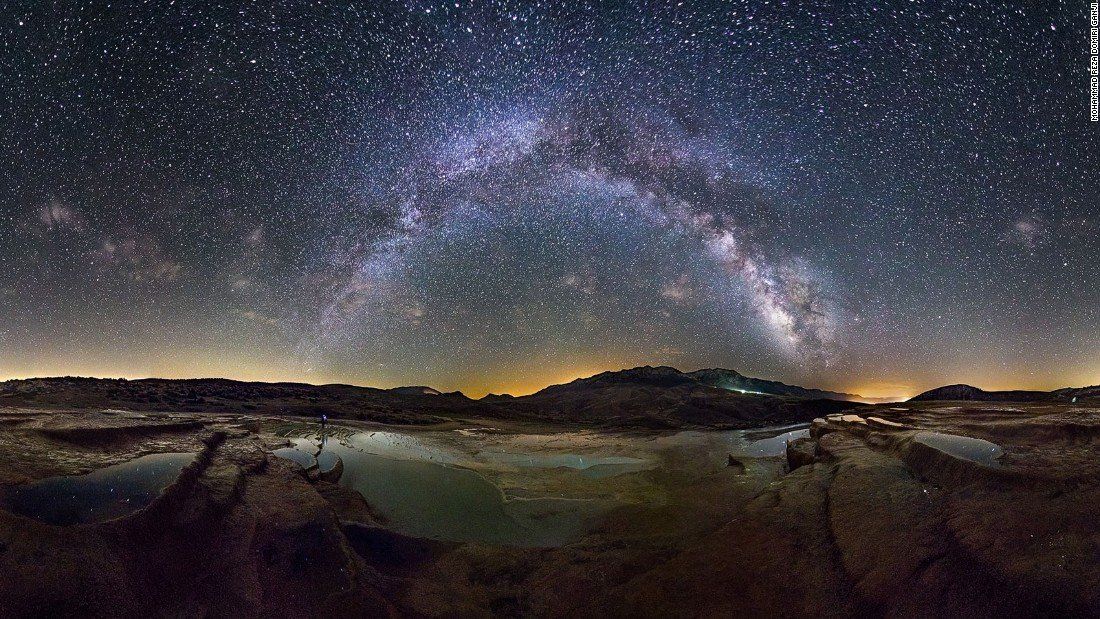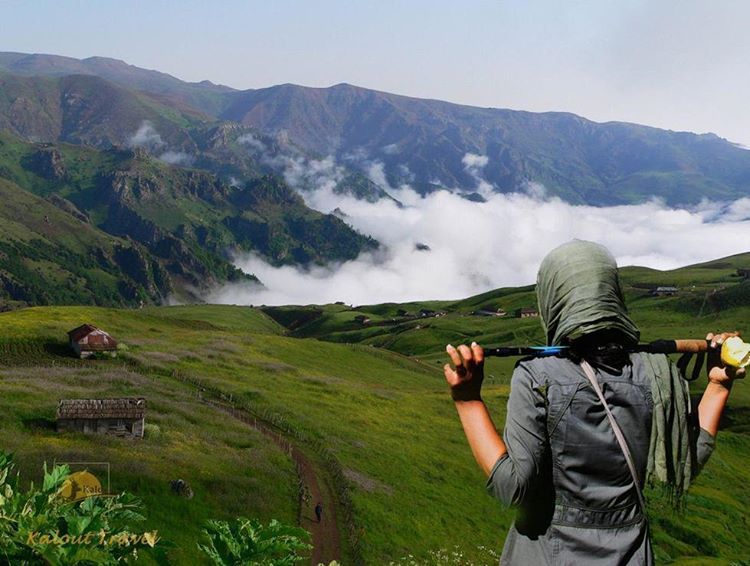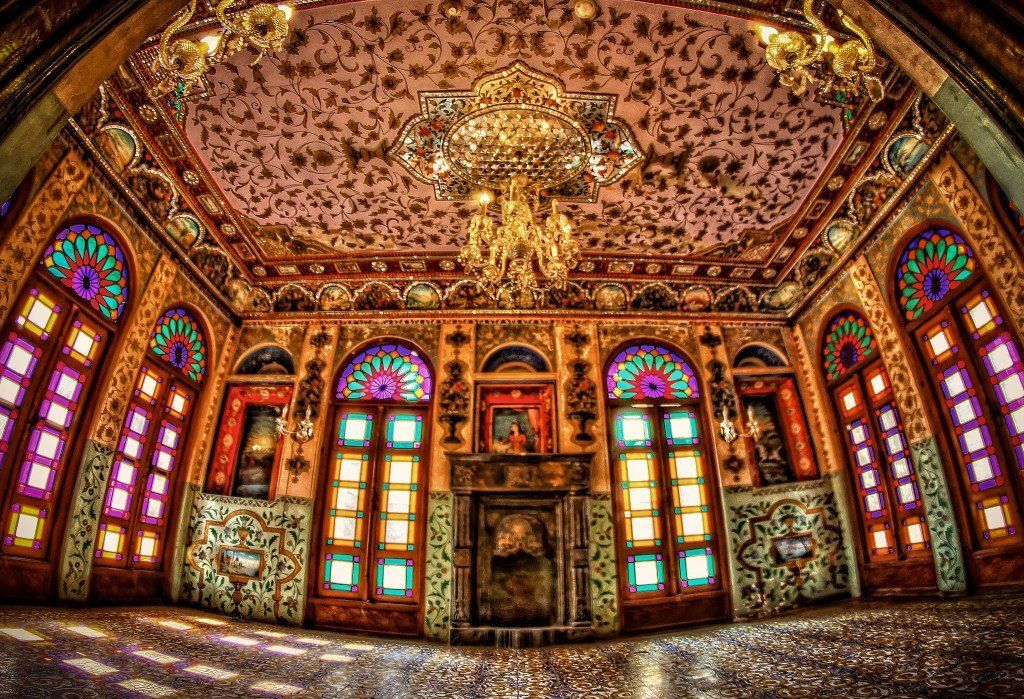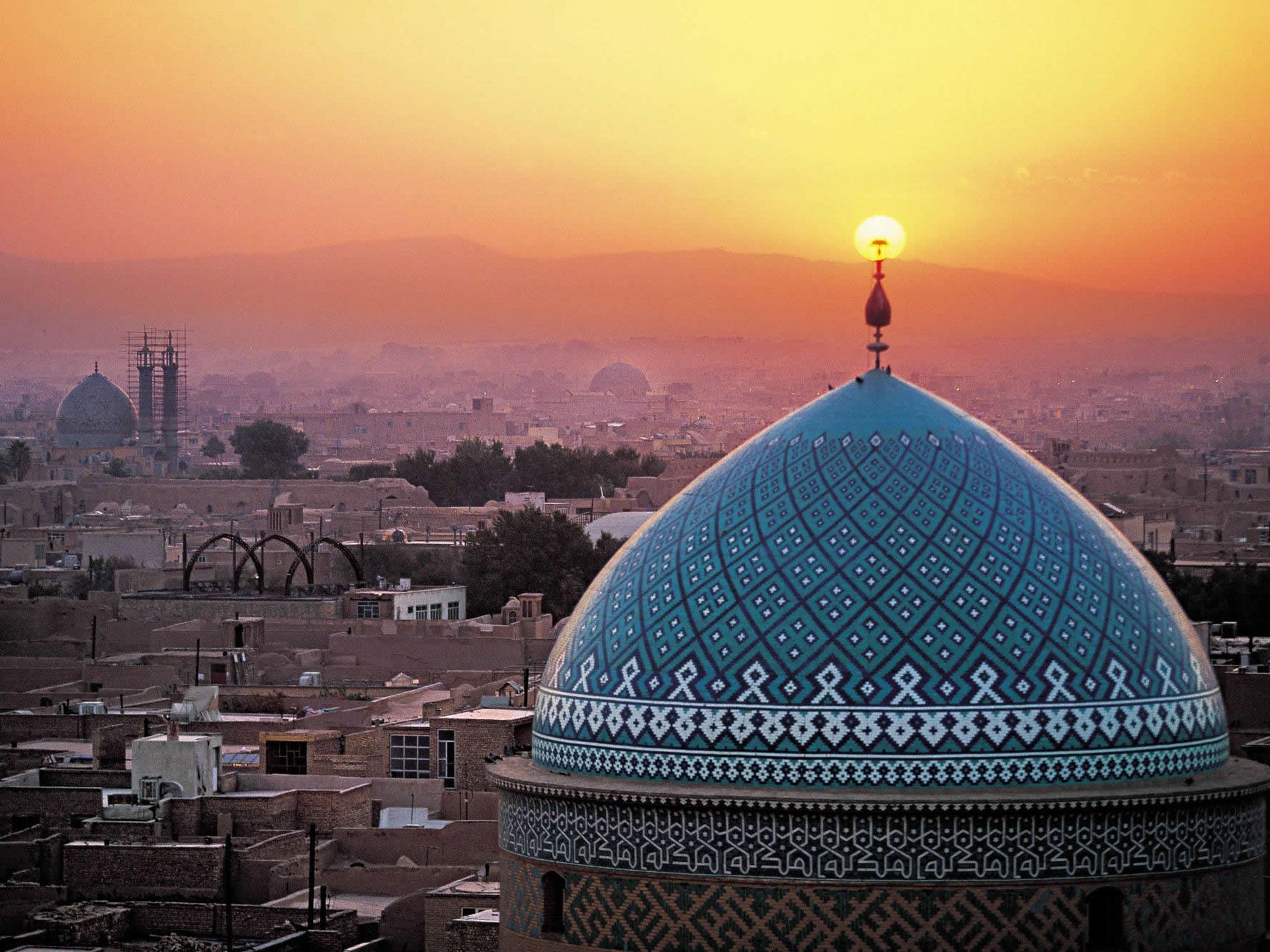Shah Cheragh Shrine
Shāh Chérāgh (Persian: شاه چراغ) is a funerary monument and mosque in Shiraz, Iran, housing the tomb of the brothers Ahmad and Muhammad, sons of Mūsā al-Kādhim and brothers of ‘Alī ar-Ridhā. The two took refuge in the city during the Abbasid persecution of Shia Muslims.
360° Panoramic view of Shah Cheragh shrine
Full name: Islamic Republic of Iran
Population: 75.6 million (UN, 2012)
Capital: Tehran
(app. 12 million)
Other large cities:Mashhad
(2.592 million); Isfahan
(1.704 million); Karaj (1.531 million); Tabriz
(1.459 million)
Area:1.65 million sq km (636,313 sq miles)
Population: (2011 est.): 78,868,711 (growth rate: 1.247%); birth rate: 18.52/1000; infant mortality rate: 41.11/1000
Life expectancy: 72 years (men), 75 years (women) (UN)
Languages:
Persian (official) 53%, Azeri Turkic and Turkic dialects 18%, Kurdish 10%, Gilaki and Mazandarani 7%, Luri 6%, Balochi 2%, Arabic 2%, other 2%
Religions: Islam 98% (Shi'a 89%, Sunni 9%); Zoroastrian, Jewish, Christian, and Baha'i 2%
Political system: Islamic theocracy (since the Pahlavi monarchy was overthrown on Feb. 11, 1979)
Chief of State: Ayatollah Ali Khamenei (1989)
President: Hassan Rouhani (2013)
Monetary unit: 10 Iranian rials = 1 toman
Main exports: Petroleum, carpets, agricultural products
International dialling code: +98
The tombs became celebrated pilgrimage centers in the 14th century when Queen Tashi Khatun erected a mosque and theological school in the vicinity.
Shāh-é-Chérāgh is Persian for "King of the Light". The site was given this name due to the nature of the discovery of the site by Ayatullah Dastghā'ib (the great grandfather of the contemporary Ayatullah Dastghā'ib). He used to see light from a distance and decided to investigate the source. He found that the light was being emitted by a grave within a graveyard. The grave that emitted the light was excavated, and a body wearing an armor was discovered. The body was wearing a ring saying al-‘Izzatu Lillāh, Ahmad bin Mūsā, meaning "The Pride belongs to God, Ahmad son of Musa". Thus it became known that this was the burial site of the sons of Mūsā al-Kādhim.
History
The site is the most important place of pilgrimage within the city of Shiraz. Ahmad came to Shiraz at the beginning of the third Islamic century (approximately 900 AD), and died there. During the rule of Atabeg Abū Sa'id Zangi (~1130s AD) of the Zengid dynasty, the chief minister to the monarch by the name of Amir Muqarrab al-din Badr al-din built the tomb chamber, the dome, as well as a colonnaded porch. The mosque remained this way for roughly 200 years before further work was initiated by Queen Tash Khātūn (the mother of Shāh Abū Ishāq Injū) during the years 1344-1349 (745-750 AH). She carried out essential repairs, constructed an edifice, a hall of audience, a fine college, and a tomb for herself on the south side. She also presented a unique Qur'an of thirty volumes, written in golden thuluth characters with gold decoration, in the style of the calligraphist of that period, Yahya Jamali. The date written on the Qur'an indicates that they were written from 1344-1345 (754-746 AH). Nothing now remains of the buildings set up by Queen Tash Khātūn, but the Qur'ans have remained and are preserved in the Pars Museum.
The mosque again underwent necessary repairs in 1506 (912 AH - under the reign of Shāh Ismā‘īl I), which were initiated by the guardian of the mosque at the time, Mirza Habibullah Sharifi. The mosque was again repaired in 1588 (997 AH) when half of the structure collapsed as a result of an earthquake. During the nineteenth century, the mosque was damaged several times and was subsequently repaired. In 1827 (1243 AH), Fat'h ‘Alī Shāh Qājār presented an ornamental railing for the tomb. Another earthquake shook the mosque in 1852 (1269 AH), and repairs were carried out by Muhammad Nasir Zahir ad-Dawla.
Finally, the late Nasirol'molk repaired the dome, but on account of the numerous cracks, in 1958 the whole dome was removed, and in its place an iron structure, which was lighter, and likely to last longer, in the shape of the original dome, was made at the cost of the people of Shiraz. The present building consists of the original portico, with its ten columns, on the eastern side, a spacious sanctuary with lofty alcoves on four sides, a mosque on the western side of the sanctuary, and various rooms. There are also numerous tombs contiguous to the Mausoleum.
The decorative work in a mosaic of mirror glass, the inscriptions in stucco, the ornamentation, the doors covered with panels of silver, the portico, and the wide courtyard are most attractive. The tomb, with its latticed railing, is in an alcove between the space beneath the dome and the mosque. And this custom of placing the tomb in this position, so that it is not directly under the dome, is to be seen in other famous places of pilgrimage in the city of Shiraz, and may be considered a special feature of Shiraz shrines. Two short minarets, situated at each end of the columned portico, add impressiveness to the Mausoleum, and to the spacious courtyard, which surrounds it on three sides. The Shah-e-Cheragh Mausoleum was registered on the 20th of the month, Bahman, 1318, under No. 363 in the list of the national monuments of Iran.
360° Panoramic view of Shah Cheragh shrine
Sayyid Alā al-Dīn Husayn
Another important pilgrimage center in the historical city of Shiraz is the mausoleum of Sayyid Husayn, another son of Mūsā al-Kādhim. This mausoleum is located near the south-east corner of Shiraz. The mausoleum itself is a tall building bearing a lofty dome. The original entrance was on the south side, approached by a small courtyard from the road that runs beside it. On the western side there is an area, more or less spacious, which was formerly a cemetery, but is now regarded as the western courtyard of the mausoleum.
The mausoleum's interior consists of a tall sanctuary ornamented with designs in facets of mirror beneath the dome, and the tomb, as in the other places of pilgrimage in Shiraz, is situated in an alcove on the northern side, and there is a mosque adjacent to the sanctuary behind the railing of the tomb. The original building of the mausoleum was constructed by Qotlogh Khan, who, apparently in the Moghul and Timurid period, at the close of the fourteenth, or at the beginning of the fifteenth century, was Governor of Shiraz, and had a garden where the present mausoleum stands, which was built over the site where the grave appeared to be.
There is an inscription in the Sols character above the sanctuary, dated 943 A.H. (1563 AD), the writer of which was called Seyavash. The present Shrine was built in 923 A.H. (1517 AD).
The Soltan Khalil mentioned in the above poem is Soltan Zu'l-qadr who during the reign of the Safavid Shad Esma'il I was for fifteen years, from 911 to 926 A.H. (1505-1519 AD), Governor of Fars, and who according to what is written in the Naseri Fars-Nameh, on account of misconduct at the battle of Chalderan, was by order of Shah Esmail put to death in 926 A.H.
The year 943 A.H., mentioned at the end of the inscription above the sanctuary (below the dome), indicates that in the time of Shah Tahmasb I the work of completing the mausoleum was accomplished. On account of the instability of the soil, and the earthquakes that occurred in Shiraz, this building suffered considerable damage, and a part of the dome, which had last been repaired by the late Mirza Abu'l-Hasan Moshiro'l-molk, gave way, and was threatened with collapse, and in spite of repairs, and much reinforcement, which was carried out by the late General Riazi, the former Director of Education in Fars, and subsequently, the threat of dissolution increased daily, until in the year 1950 the dome was taken down by the Fars Department of Education. Then a dome of less weight, with an interior iron structure, was prepared, at the cost of the funds of the mausoleum, and it was placed in position in 1952, and during several succeeding years a covering of brick and enamelled tiling was applied in the shape of the original dome.
The Mausoleum of Sayyid Husayn was registered on the 29th of the month Azar, 1937 AD under No, 307 in the list of the historical monuments of Iran
























